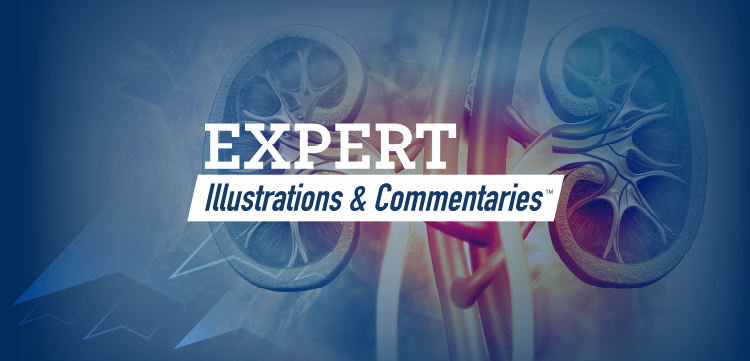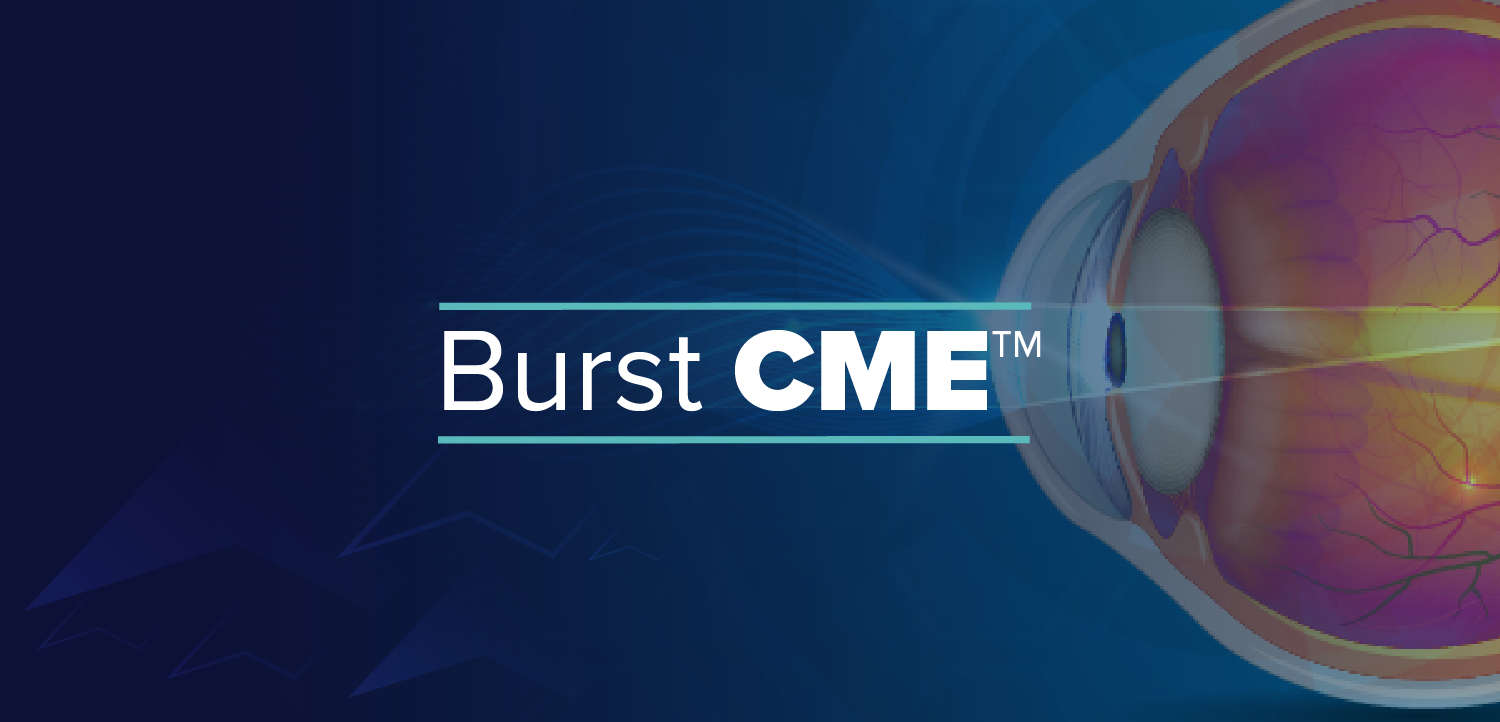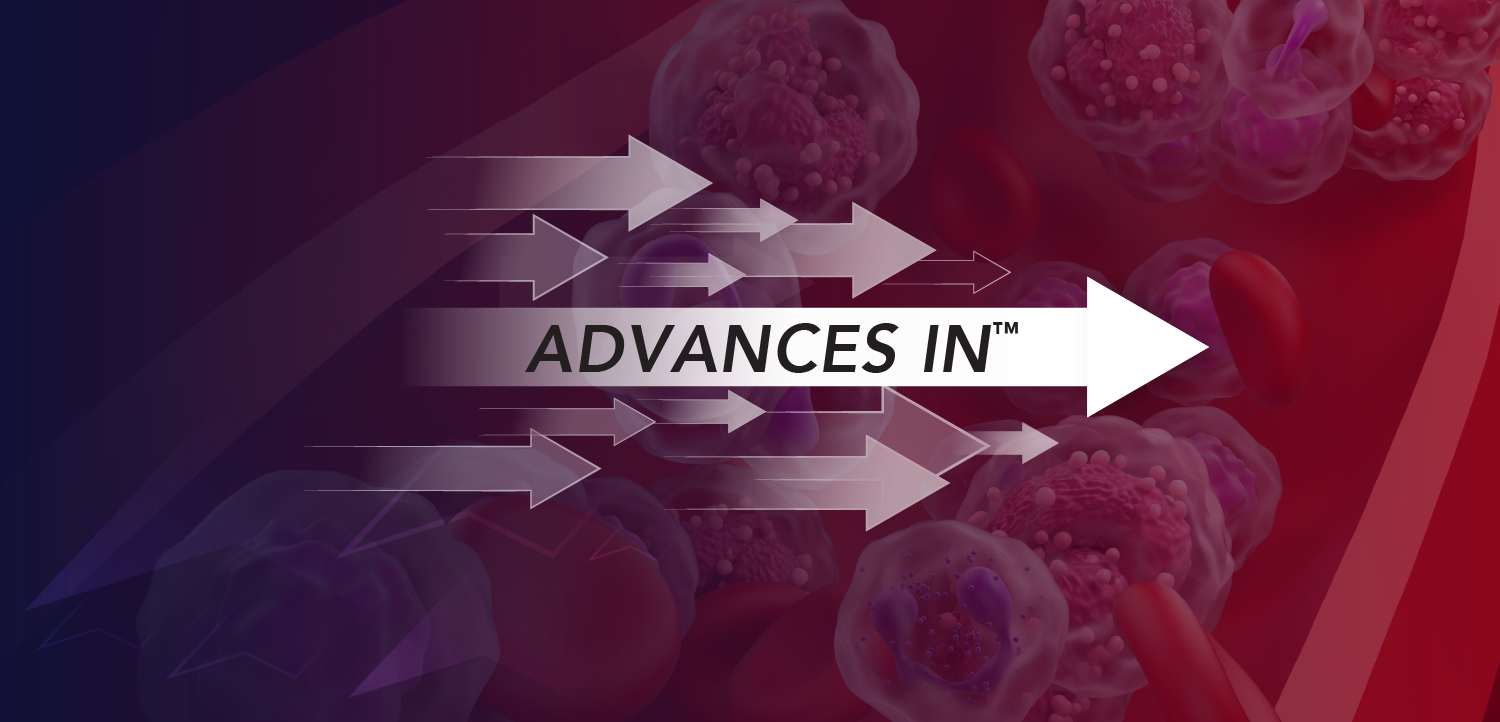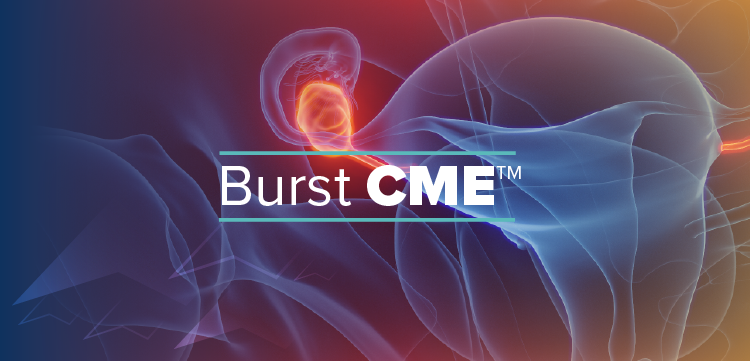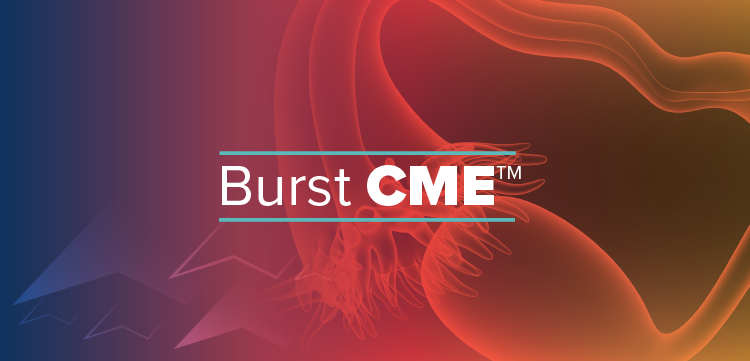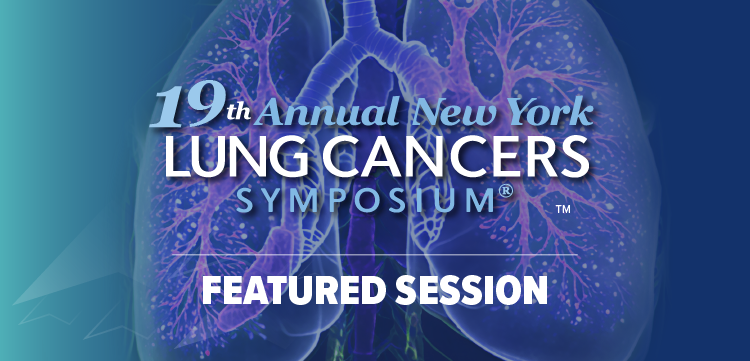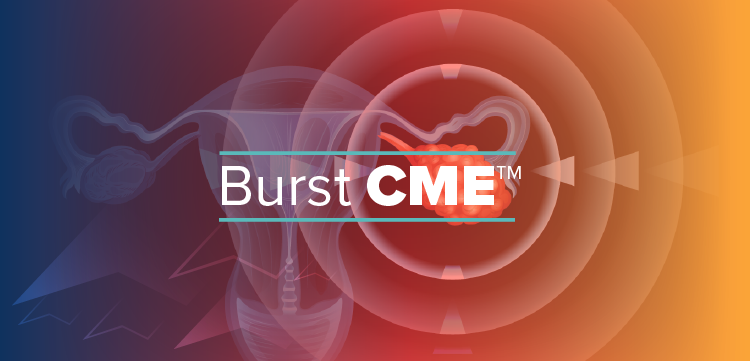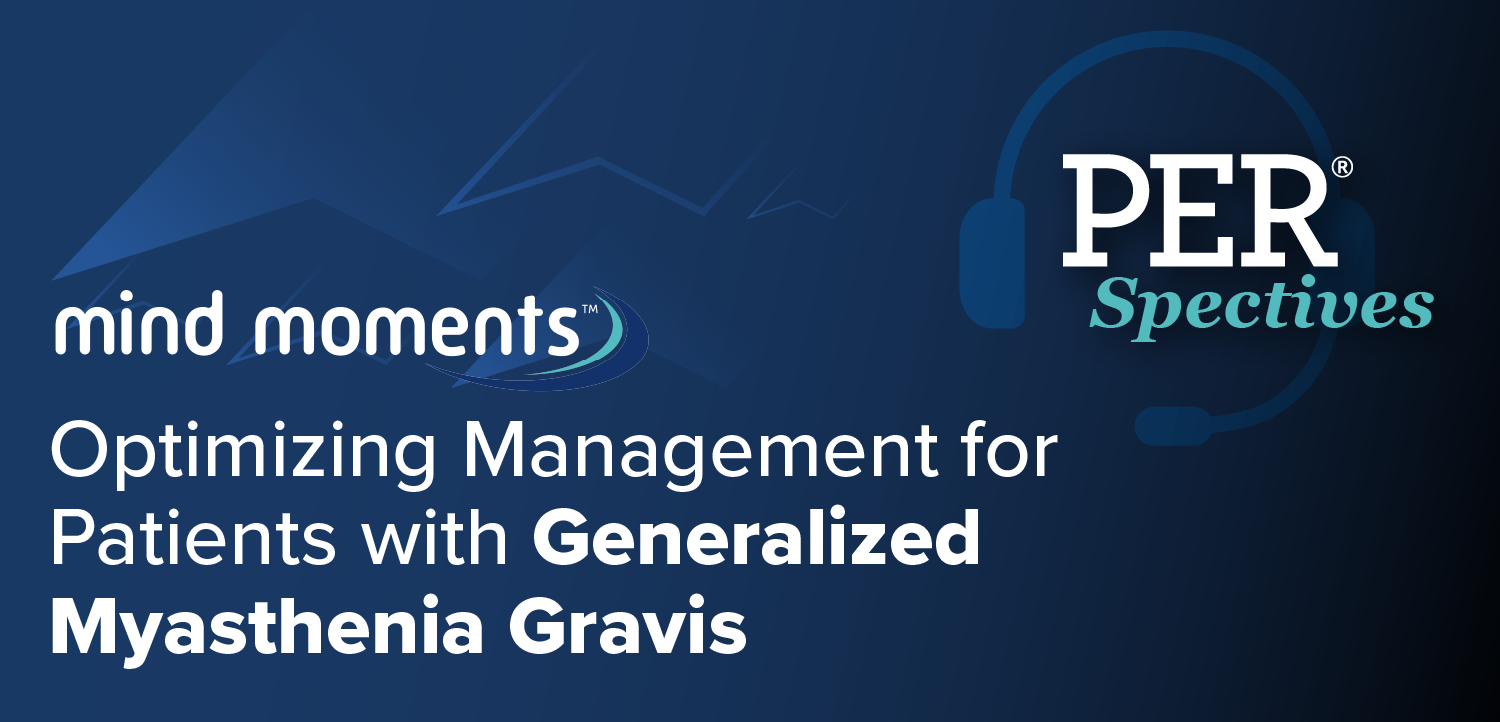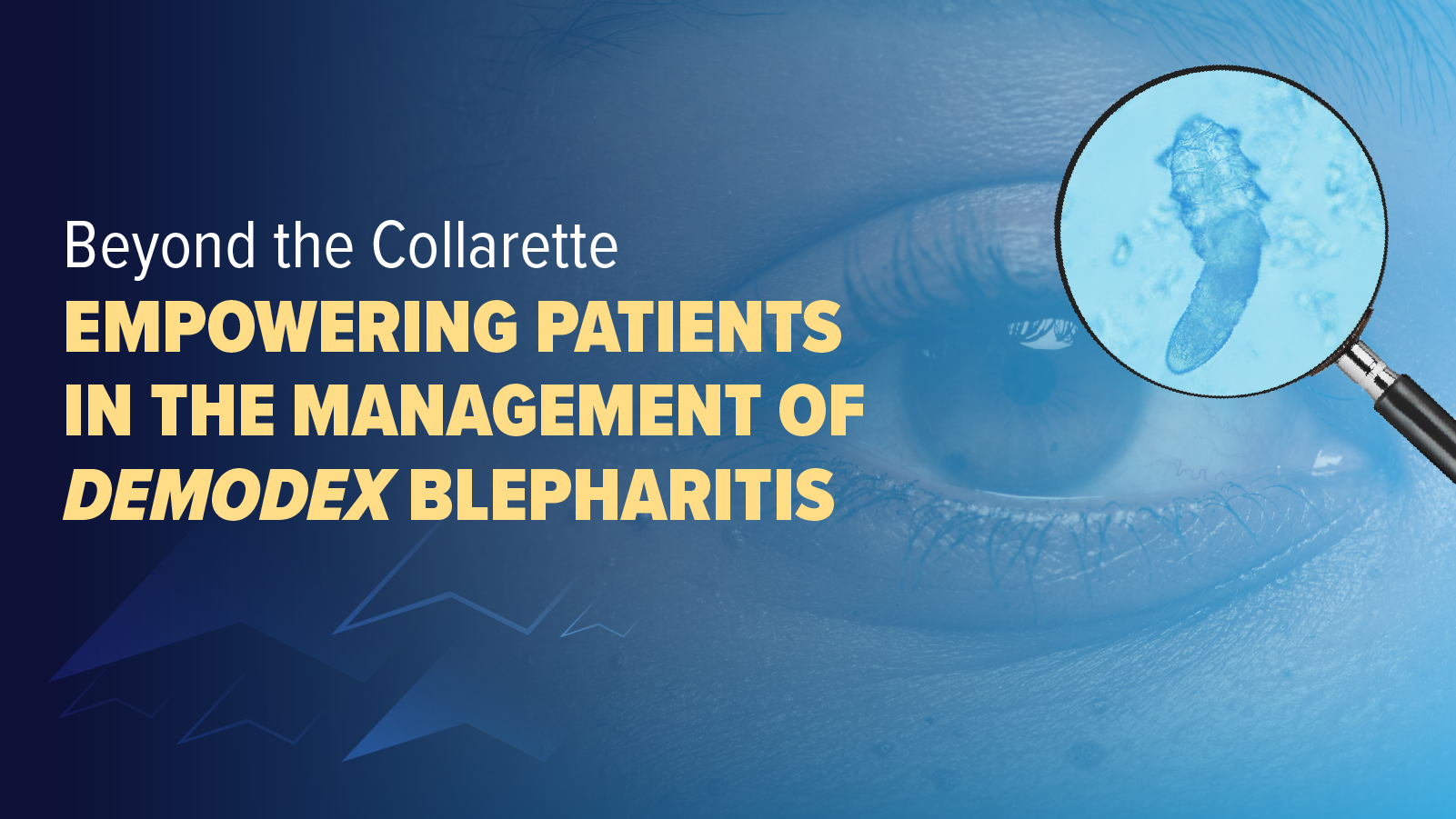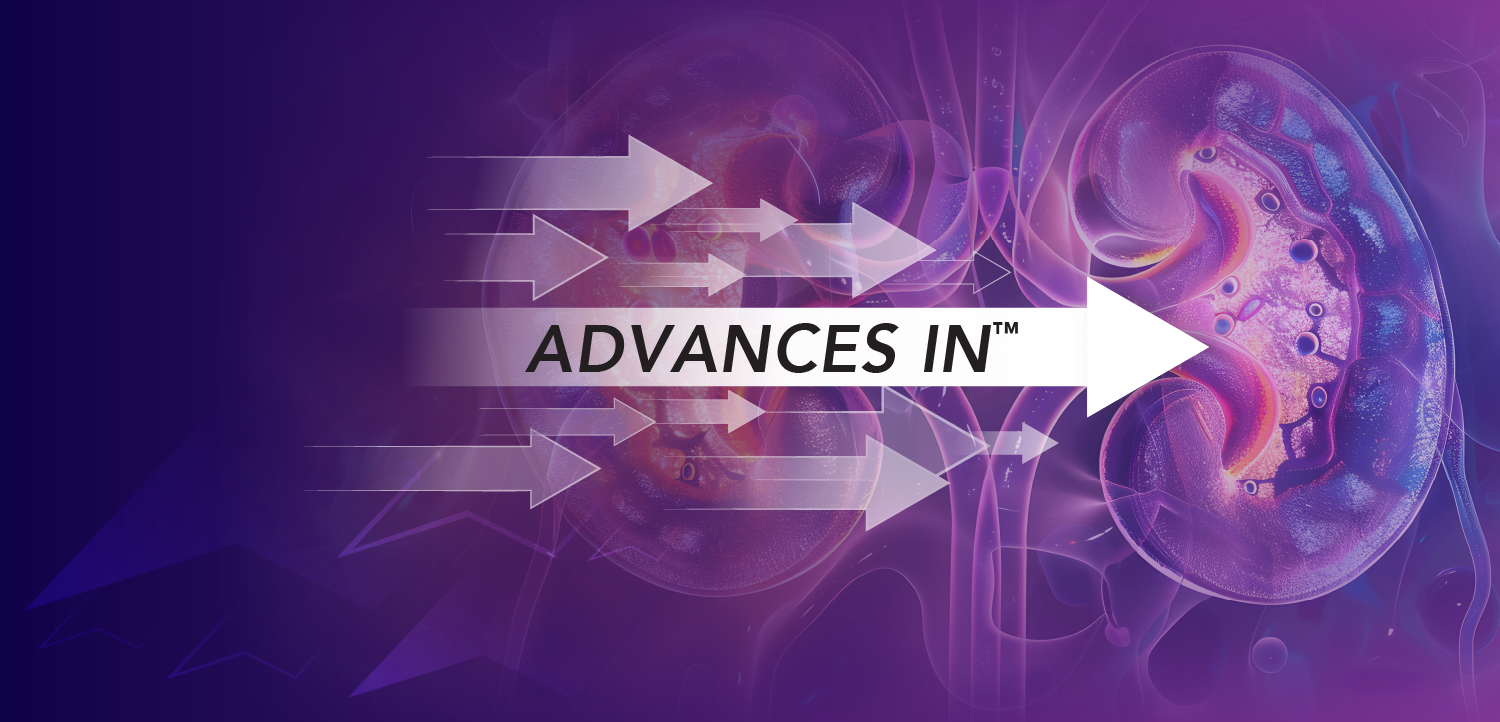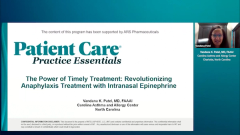
Bridging the Gaps in Treatment and Education of Epinephrine
A panelist discusses how intranasal epinephrine represents a significant advance over traditional autoinjectors by eliminating needles, addressing user anxiety and real-world barriers, and potentially improving adherence and timely treatment in anaphylaxis emergencies.
Episodes in this series

Over the years, multiple epinephrine delivery devices have become available, primarily in the form of intramuscular or subcutaneous autoinjectors. These include well-known options such as EpiPen, Adrenaclick, and Auvi-Q, most of which did not require extensive clinical trials due to their adherence to established standards of care. However, the arrival of intranasal epinephrine represents a significant advancement, as it is the first noninjectable form and has undergone rigorous FDA trials to demonstrate its efficacy and safety. Although injectable devices have been effective in treating anaphylaxis, the need for alternatives has become increasingly clear due to limitations with current delivery methods.
Autoinjectors present several real-world challenges for patients. Issues include inappropriate needle length for varying body types, storage concerns, limited shelf life, and general discomfort with public self-administration. These episodes often occur in stressful, public settings where discreet use is difficult. Some patients express hesitancy, embarrassment, or anxiety around using a needle, especially those without a medical background. There’s also a psychological burden for parents or caregivers who fear administering an injection incorrectly or causing pain. Consequently, device adherence suffers, and patients may not carry or use their epinephrine when needed most.
Intranasal epinephrine offers a potentially transformative solution to many of these barriers. It eliminates the needle, reduces user anxiety, and simplifies administration. This ease of use could increase adherence and confidence in emergency scenarios. Although awareness of this new option is still growing among clinicians, its introduction is timely, particularly as direct-to-consumer marketing efforts begin. As patients become more aware of needle-free epinephrine delivery, providers should be prepared to discuss its place in anaphylaxis management and consider it as a valuable alternative for individuals reluctant to use injectable devices.
Newsletter
Enhance your clinical practice with the Patient Care newsletter, offering the latest evidence-based guidelines, diagnostic insights, and treatment strategies for primary care physicians.




